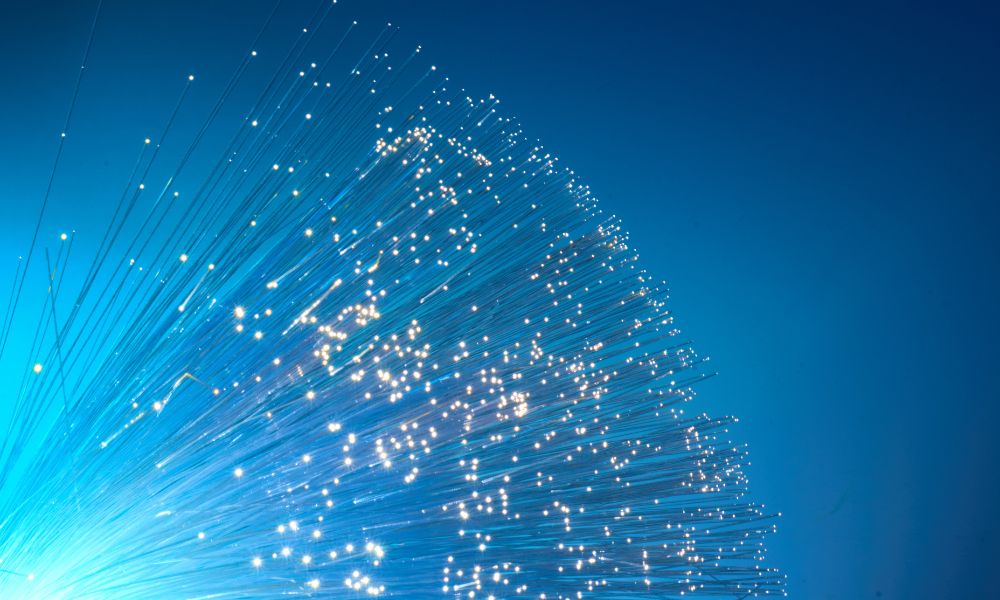
One of the best ways to set up your wired network is with the help of fiber optic cables. They provide excellent performance, so you’ll need to understand what makes them stand out among other network cords. Read on to learn the benefits of using fiber optic cables and how to give your network a brighter future.
Faster Data Transfer
Whether you run a business or work in a home office, slow data transfer is a nuisance. Downloading or uploading large files may take some time, but using the right equipment will ensure fast transmission. Fiber optic cables are notorious for their excellent data transfer speeds, making downloading easy.
Fiber optic cables use light beams instead of electrical pulses to carry data easily. The average fiber optic cable will transfer 10 Gb of data in one second. This speed is 10 times faster than what a Cat 5e cable can do. Use fiber optic technology in your network for faster messaging, shorter downloads and uploads, and more instantaneous communication between devices.
Wider Ranges for Networks
A network has limitations for how far it may send signals to another source. A wired connection has a certain bandwidth that allows the signal to travel with as much data as possible; if the signal tries to transfer beyond this limit, it won’t have as much strength to carry all the information. This is why cord length affects Internet speed.
Fiber optic cables reach further distances using light, which travels further than a pulse of electricity. The signal carrying over longer distances and at greater speeds are only a few benefits of using a fiber optic cable. Additionally, many data and phone centers use cords to reach clients at great distances because of their bandwidth and performance.
Reduced Chance of Interference
Interference is possible in most electrical wires, but it will be a problem of the past with the help of a fiber optic cable. Most interference occurs when a signal disrupts the electrical signal, such as a radio wave or EM wave from a neighboring cable.
Since fiber optic cables use light to transfer signals, no interference will prevent the transmission. Use these cords in settings where maintaining a steady signal for data transfer is essential, such as high-security data on military bases.
The fiber optic cable’s value comes from its numerous benefits to networks. Use these cords for the best performance in your network, and stay connected with light-speed data transmission.



